People eat “sea bream” (tai meshi) in Imabari City (Toyo) and Matsuyama City Hojo (Nakayo). This local dish cooks a whole sea bream in a clay pot or kettle. “Tai meshi” in Uwajima City (Nanyo) is a fisherman’s dish where people dip sea bream sashimi in a special sauce and mix it with condiments before eating it over rice. Today, we are going to talk about Uwajima taimeshi and will also introduce two different “sea bream” styles.
WHAT IS UWAJIMA TAIMESHI?
Uwajima Taimeshi is a traditional food in Japan where you can put the sashimi of sea bream soaked in a sauce containing raw eggs on top of warm rice. Taimeshi or sea bream rice is a combination of sea bream and rice. This has been a representative Japanese cuisine that Japanese people have known since ancient times, and people can find this dish all over the country. Taimeshi is known as one of the local dishes of Ehime prefecture, but people can roughly divide it into two types depending on the region.
Taimeshi in the Chuyo-Toyo region centered on Matsuyama city is Matsuyama Taimeshi which is made by boiling roasted sea bream with kelp soup stock. On the other hand, Taimeshi in the Nanyo region centered on Uwajima City is Uwajima Taimeshi. We will introduce the Taimeshi centered on Uwajima City or what the Japanese called Uwajima Taimeshi.
ORIGIN OF UWAJIMA TAIMESHI

In Ehime prefecture, which is near the Seto Inland Sea, the fishing industry of them is thriving due to the nature of the land facing the sea, and there are many local dishes using seafood. One of these dishes is what they called Taimeshi. There are two types of Taimeshi depending on the region and these two also have their special taste.
Taimeshi is also called Kaizokumeshi (pirates’ food) or ryoushi meshi (fishermen’s food) and was originated by a pirate, based in Hiburi Island in Uwa Sea, who ate shoyu-marinated snapper and rice on a bowl after having booze on board without using fire. It is said that the Iyo Suigun (Marines) between the Period of Northern and Southern Dynasties often had this dish as well.
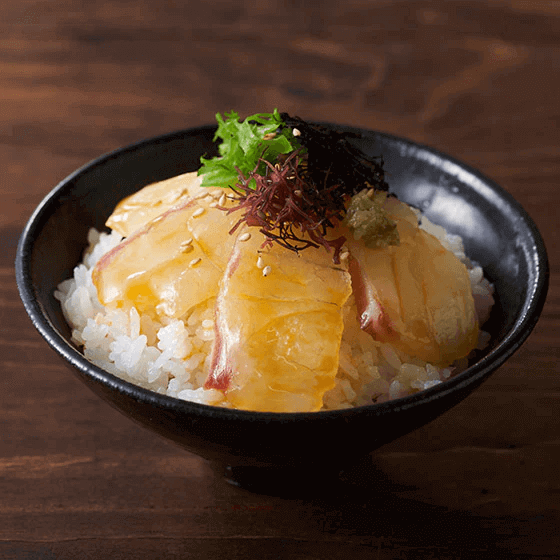
Hyugameshi
In the same region, during the 1960s, people often described it as Hyugameshi, but eventually, they unified it into the name Taimeshi. People also ate this Hyugameshi with seasoned sashimi on rice, and “hyugameshi” was the name for the sea bream version. Originally families handed down this home-cooked dish in a part of Uwajima City, but in the 1950s, a restaurant called “Rokuho” appeared in Tsushima Town (currently Uwajima City) at that time and some other areas. After that, it spread to prefectures other than Uwajima, such as Matsuyama, and eventually became a specialty of the Nanyo region.
In 2007, the Ministry of Agriculture, Forestry, and Fisheries selected Uwajima Taimeshi as one of the 100 Best Local Cuisine, bearing the place name of “Uwajima”. Cooperatives that local restaurants created have registered regional collective trademarks. In 2009, Matsuyama City used the name Live Taimeshi and introduced Taimeshi as a local dish of Matsuyama City, but now people recognize Uwajima as the birthplace.
HOW IS UWAJIMA TAIMESHI MADE?
Process of Making Uwajima Taimeshi
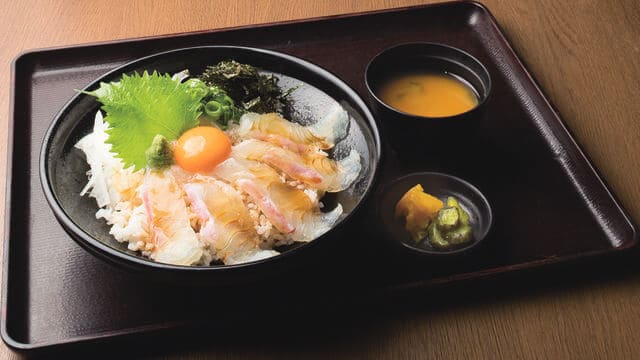
Taimeshi refers to the whole sea bream cooked in rice. Compared to the taimeshi in Chuyo and Touyo which cooks rice and snapper together, Uwajima Taimeshi places marinated fresh raw Tai (snapper) and sauce on top of hot rice. Chefs pre-bake the snapper to remove the odor and give it a savory flavor. They use soy sauce, salt, sake, mirin, and kelp stock to season the cooked rice. Cooks often use earthenware pots to cook rice. When it finishes cooking, we recommend removing the bones from the meat and setting it aside first to get good quality meat. The condiments include tree buds and needle ginger. It is also delicious as a sea bream chazuke with hot tea.
Uwajima Taimeshi was mainly composed of soy sauce to raw eggs, sesame seeds, chopped green onions. Also, there are some examples of rice with seasoned sea bream soboro and rice with sashimi of sea bream.
The Uniqueness of Uwajima Taimeshi
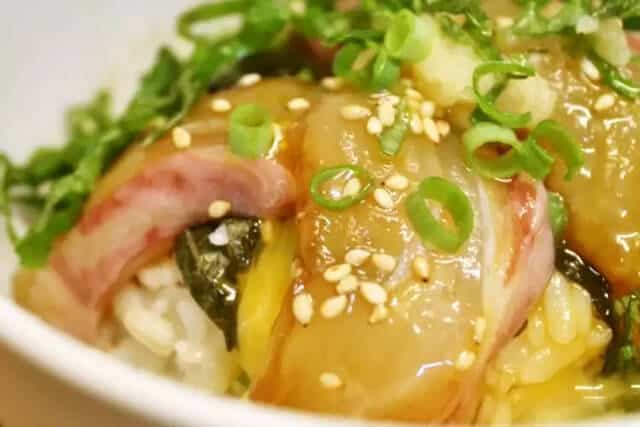
Why People Ate Uwajima Taimeshi
People ate Uwajima Taimeshi because of the red sea bream itself. This fish is the main ingredient of the dish. Natural red sea bream was very difficult to obtain. People could not purchase it unless fishermen caught it that same day. The taimeshi or sea bream must be fresh. This allows people to fully enjoy its firm texture. The chewiness makes it special. Adding eggs and soy sauce enhances the sea bream’s umami. The rice from the prefecture completes the flavor. No one wants to miss this taste.
Historical Origins
Uwajima taimeshi originated as food eaten by sailors aboard Iyo Navy ships. These ships could not use open flames. The pirates would party atop ships, eating sashimi and drinking sake from rice bowls. They placed rice in bowls that still contained sake. They mixed it with sashimi soaked in ample soy sauce. The dish required minimal prep time yet brought out ingredient deliciousness. This fishermen’s dish became a beloved local specialty.
Cultural Significance
Japanese people often eat this dish in celebration such as New Year’s Eve. They believe it brings good luck. Ehime Prefecture boasts the highest production of sea bream in Japan. The Uwa Sea has a ria coast with complex inlets. Sea bream farming thrives in this region. The fresh, firm quality makes raw preparation possible.
How to Eat
You can eat Uwajima Taimeshi freely. However, restaurants provide instruction guides to make it more delicious. First, melt the raw egg in the sauce. Let it blend completely. Then, put all the sea bream sashimi in the sauce. Add spices as you like and mix well. Pour rice into your bowl. Sprinkle the sauce and ingredients over the rice. For the second serving, pour remaining broth over leftover rice. The flavors deepen and taste absolutely delicious.
RECOMMENDED UWAJIMA TAIMESHI RESTAURANTS
Speaking of Uwajima Taimeshi, many restaurants in Ehime prefecture cater to the two types of Taimeshi and nobody wants to miss trying them. Here are some of those restaurants that entrepreneurs established for the public’s interests.
Marusui
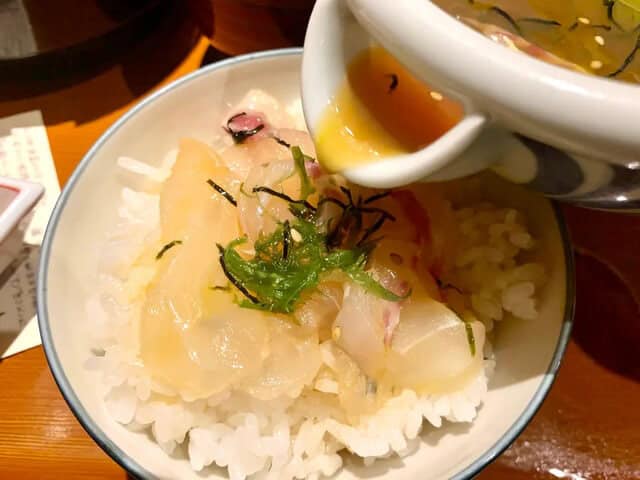
It is a famous store in Uwajima City and is believed to be the birthplace of Uwajima Taimeshi. The store serves fresh sea bream sashimi and sauce with raw eggs. Wheat miso soup is also included in the menu which is also a Nanyo’s specialty. The store also serves free refills of rice. Instructions on how to eat are also on the table. A customer can choose either natural red sea bream caught by single fishing instead of the fixed net or winding net or farmed red sea bream Taiichiro Kun. The two look the same in appearance but the sea bream Taiichiro Kun is chewy and delicious without any odor while the natural red sea bream is crispy and has a more crunchy texture.
Hodzumitei
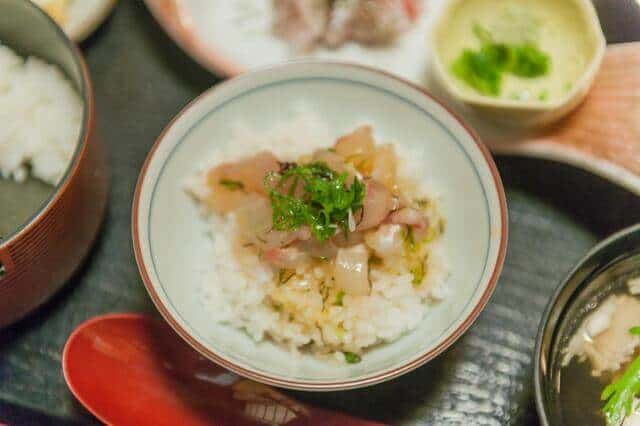
The store is spacious, it can accommodate about 200 seats including the 8 seats at the counter. The sea bream rice menu is delicious wherein the sea bream is fresh and customers can enjoy its firm and elastic texture. The flavors of raw eggs and seaweed are intertwined, and the soy sauce enhances the taste even more. Homemade karasumi is also recommended when one visits this shop to eat. Since it is homemade, the salt condition is mild and you can enjoy the original taste of karasumi.
Tomiya
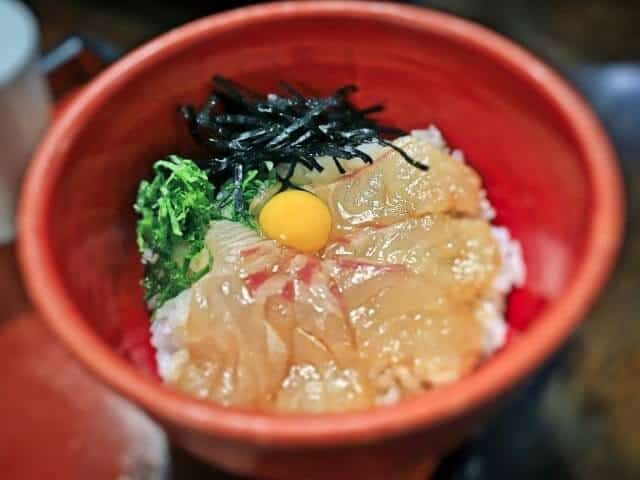
This shop is a 3-minutes walk from Uwajima station. Customers with children can visit this shop because it offers various types of seats such as counters, tables, and tatami rooms. Tomiya’s taimeshi set meal is a gorgeous set meal with simmered dishes and desserts. Customers usually eat it with sashimi. The taimeshi fillet has a slight sweetness but tastes delicious. People say the taimeshi has a crispy and elastic texture. The more you chew, the more the taste of the taimeshi spreads in your mouth.
Seafood Izakaya Gaiya Uwashima
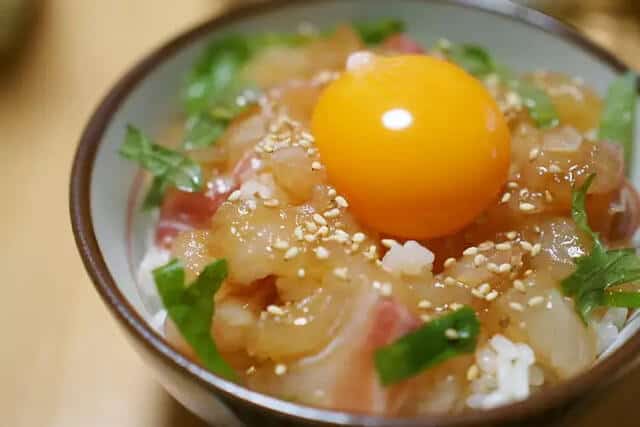
The shop has a vibrant interior that a customer can feel as soon as they enter the shop. Customers can enjoy not only sardines, but also Uwajima’s local dishes, single dishes, and drinks so it is recommended for people who want to eat a variety of dishes. There is a large parking lot in front of the store, so a customer can go by car. The shop is usually full of customers who would like to enjoy the full course of seafood. There are various types of seats such as counters, semi-private rooms, and tatami rooms.
Wabisuke
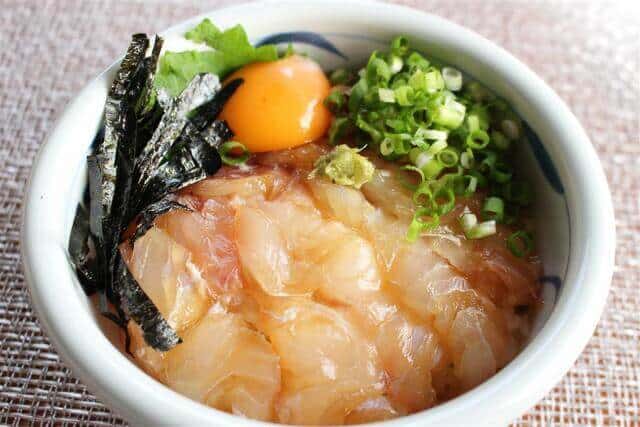
The taimeshi rice set at this restaurant also has Jakoten, a specialty of Uwajima. The crispy taimeshi sashimi looks great in appearance because it is beautifully sliced. There is plenty of rice in it, so a customer can fill their stomachs full and will be satisfied with the menu. The interior of the store creates a neat and modern atmosphere while giving a feeling of Japanese style. It is also has a waterfall set up in front of the counter seats while you enjoy your food, you can listen to the clear sound of water and it would feel more delicious than usual.
FAQ
What is Uwajima Taimeshi?
Uwajima Taimeshi is a traditional dish from Ehime’s Uwajima region. The dish features fresh sea bream sashimi, a special soy-based sauce, and hot rice.
How do people eat Uwajima Taimeshi?
Diners mix sea bream sashimi, sauce, raw egg, and condiments with hot rice for a flavorful bowl.
What makes Uwajima Taimeshi unique?
The dish uses raw sea bream instead of cooked fish, which gives it a fresh and delicate taste.
Is the sea bream always fresh?
Restaurants in Uwajima source sea bream directly from nearby waters, so the dish uses extremely fresh fish.
Does the dish contain raw egg?
Yes, the sauce often includes raw egg to create a rich and smooth texture when mixed with rice.
Is Uwajima Taimeshi safe for visitors who avoid raw food?
Travelers who avoid raw seafood can request grilled or lightly cooked sea bream at some restaurants.
What ingredients come with the dish?
The dish usually includes sea bream sashimi, rice, raw egg, soy-based sauce, sesame seeds, seaweed, and green onions.
Where can I try authentic Uwajima Taimeshi?
You can enjoy authentic Uwajima Taimeshi at local restaurants in Uwajima City and throughout southern Ehime Prefecture.
Does the dish taste fishy?
The dish offers a clean and mild flavor because chefs use exceptionally fresh sea bream.
Can I find Uwajima Taimeshi outside Japan?
Some Japanese restaurants overseas serve similar dishes, but authentic Uwajima Taimeshi is mainly available in Ehime.
Is Uwajima Taimeshi different from standard Taimeshi?
Yes. Standard Taimeshi cooks sea bream with rice, while Uwajima Taimeshi features raw sashimi mixed with rice and sauce.
What time of year is best for sea bream?
Winter and early spring offer peak flavor, but restaurants in Uwajima serve high-quality sea bream throughout the year.




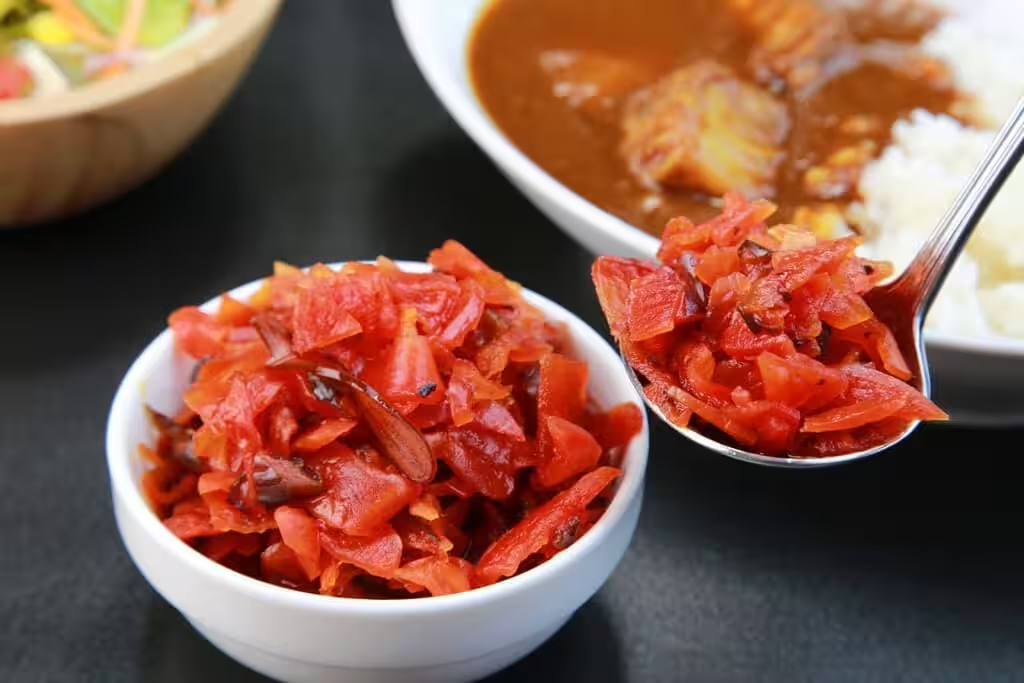

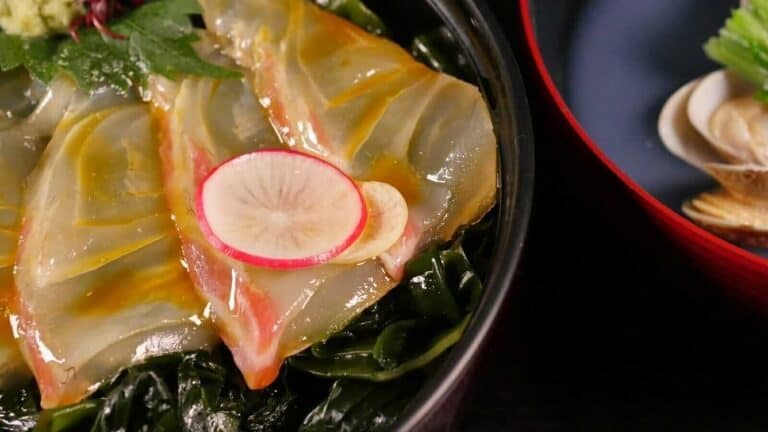
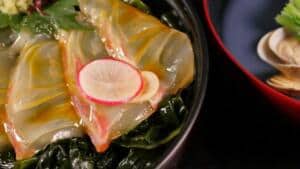
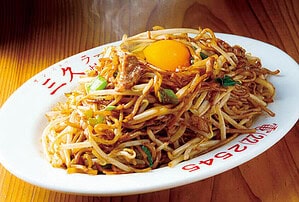

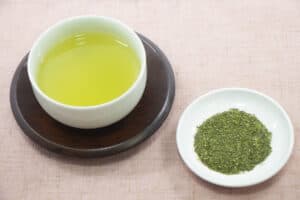
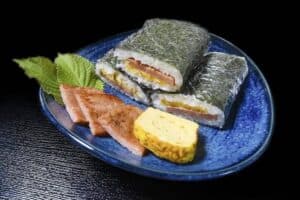

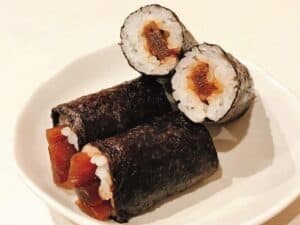

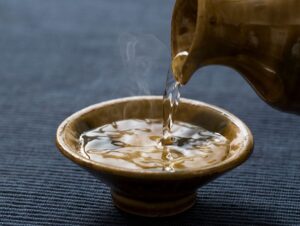
Comments